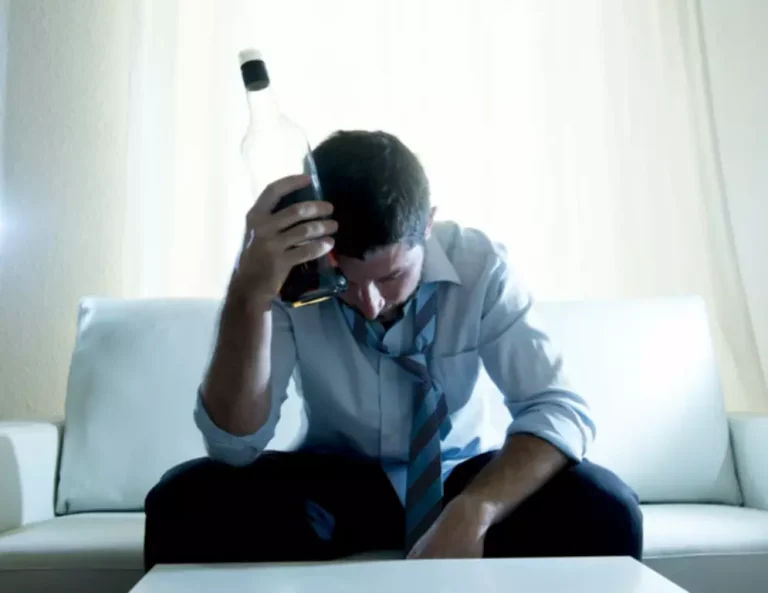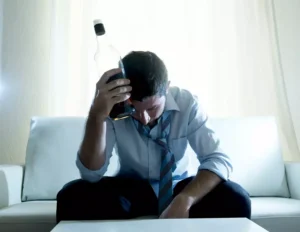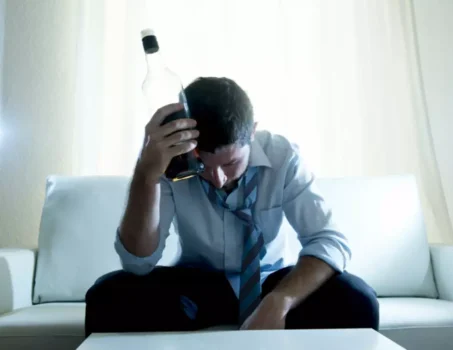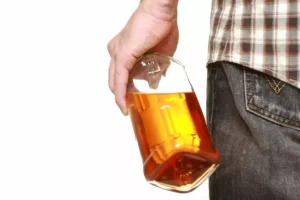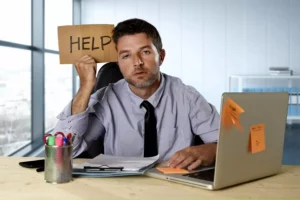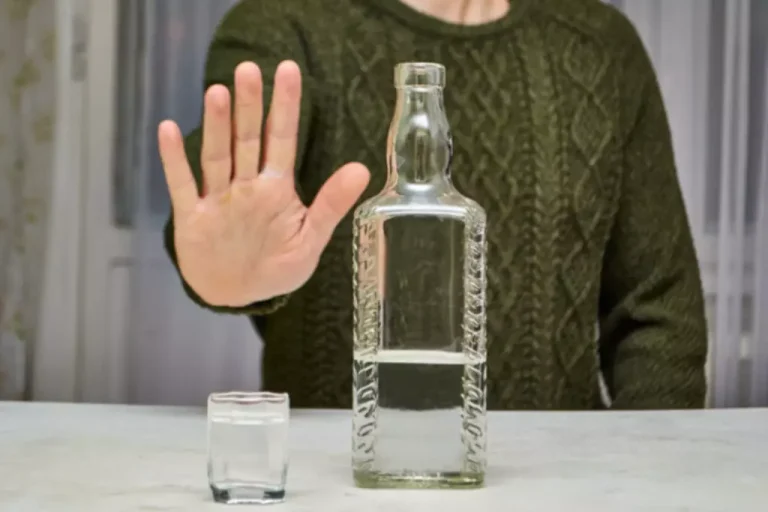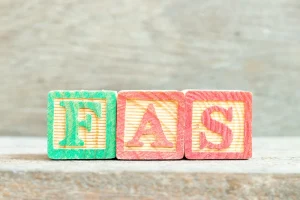
As people choosing to live sober, we know that giving up drug and alcohol abuse is commendable but often challenging as well. That’s why our latest release in the SOBRLIFE blog series is dedicated to reminding readers of the reasons sober is better, every day. There are many different genres and authors to choose from, so you can find something interesting. Reading can be a great way to relax and unwind, as well as to learn new things and expand your knowledge. Plus, it’s a great way to spend time without alcohol or other substances.
Am I an Alcoholic: The Warning Signs of Alcoholism
Living sober with sober people can be tons of fun and immensely rewarding. If you went to happy hour, it’s a good idea not to go unless you have a valid reason. There is a risk of relapse if we go to the places we drank to get drunk. Effective goal-setting offers a measurable way to see how far you’ve come and to motivate yourself to keep going. It’s important to let yourself feel the emotions you’re experiencing rather than trying to avoid or suppress them.
#1 Benefit of Living a Sober Life: Your Overall Health Will Improve
It’s also a great way to meet people in a sober environment,” says Hafeez. For example, if you value being an effective and helpful employee at work, how does alcohol get in the way of that? You is life better sober might notice that alcohol negatively affects your sleep and leads to fatigue the next day, which impacts your performance at work.
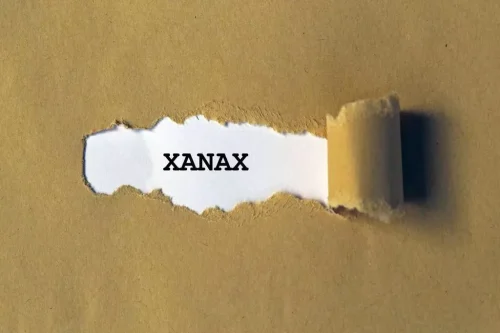
How to Sober up Fast after Drinking at Night
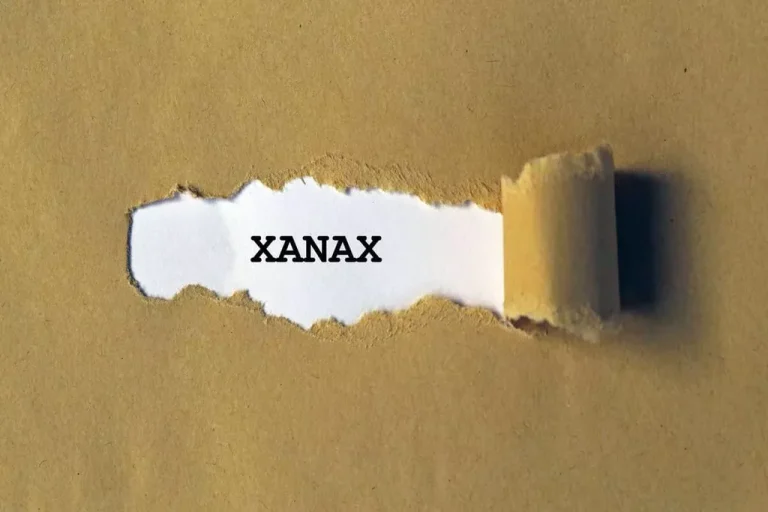
We even provide detox and dual diagnosis treatment for those that need it. To learn more about Silver Linings Recovery Center and the different services that we offer, contact us today. It involves a daily commitment to yourself, to abstinence and to self-care.
Binge Drinking Isn’t Lucky: Sobering St. Patrick’s Day Statistics 2024
- Now, I can deal with them the same way you would deal with any chronic disease.
- Engaging in new activities and hobbies can reignite your passion for life and fill the void that addiction once occupied.
- Additionally, eating a balanced diet and exercising regularly can help improve physical and mental health.
- However, despite setbacks, as many as1 in 10 American adultsovercome addiction and go on to lead healthy, rewarding lives.
Some people who move from a controlled and protective setting find themselves awash in the environmental cues that lead to their drinking. Living sober requires identifying triggers that could cause a relapse. Often when people relapse, they’ve attempted to quit using on their own, and then they later seek out a sober community for support or treatment. Triggers can come in many forms, and they’re different for everyone. As you go through your sobriety journey, you will have good days and bad days, and setbacks are part of the journey.
Building a Support Network
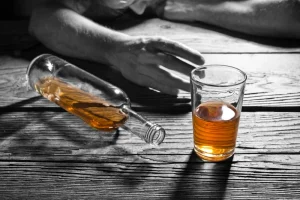
To break up the long drive from Arenal to Monteverde, we stopped at a local dance studio and learned four kinds of traditional Latin dances. It was such a fun group bonding activity, and you could see the passion that Eric and the instructor had for the dance. It was touching to see how much the Costa Rican people love their culture and country and how much pride they take in their traditions. I started my trip off by getting into Costa Rica pretty late and meeting some of my fellow travelers at the airport. Once we checked into the hotel it was lights out for me in preparation for hitting the ground running the next day. Our Tour Director, Eric, changed the itinerary a little bit due to weather, so we started our trip with a bang and went white water rafting as our first activity.
- Whenever you suffer from addiction, you’re willing to spend every last penny that you have on alcohol or drugs.
- Common challenges people face when trying to live sober include social pressure to drink or use drugs, boredom, loneliness, and dealing with negative emotions.
- Continuing self-improvement is essential for maintaining sobriety long-term.
- Romantic relationships may also be built on the use of drugs or alcohol, and frequently become toxic.
- When you’re living a sober life, your mental health improves.
Finding a program that fits your needs and preferences is essential. One of the best ways to heroin addiction stay sober is to find new hobbies and activities to replace old habits. This can include anything from painting to hiking to podcasting. Additionally, joining a hobby group or club can provide a sense of community and support.



